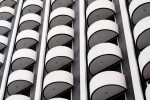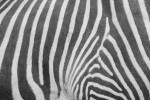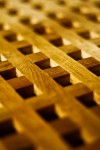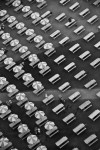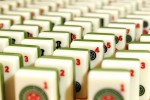
Repetition and symmetry have a way of catching our eye. We naturally try to identify differences and similarities and and patterns in all the we see. I don’t know why, but I bet it has to do with our instinct to stay safe by looking for things that don’t belong.
Some patterns create abstract images, others a more literal representation of the similarities of shape, color, or texture. As photographers, patterns present us with near endless opportunities for creative images.
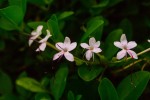
The natural world (especially animals, plants, and insects) is abundant with symmetry and repetition. A strong contrast between light and shadow works will with pattern photograph. These patterns are most intriguing when lit from one side of your camera with a low angled light, such as the sun approaching sunset or a little after sunrise.
The identification and isolation of patterns makes for some interesting images. It’s also a great way for photographers to learn to use lines and structures effectively in all kinds of photography.
Our lenses are out tools for enhancing pattern photography. A telephoto lens has the characteristic of visually compressing depth between objects in the scene and can be used to compress distant patterns. Whereas a wide angle lens creates the illusion of greater depth between objects. You can use this to exaggerate a large to small appearance with similar size objects.
Where to found patterns
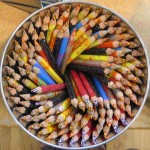
You can find interesting patterns in everyday household objects like paperclips, colored pencils or pens, coins, bottle tops, stamps, buttons, silverware, sticking of clothes and quilts, and so on.
Nature is even more abundant with patterns. Subjects include flowers and their petals, ferns, palms, evenly spaced trees, the bottom side of mushroom caps, the growth rings in trees, pine cones, leaves, seeds, fruits and vegetables, etc.
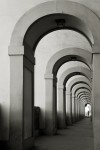
You can find patterns on architecture too, both indoors and outdoors. Look at brick work, windows, window blinds, fencing, doors, lighting, and so much more!
Gallery of photographs showing pattern and repetition
See the photo credits at the end of this post.
Tips for photographing patterns
- Use your camera’s closeup or macro mode. This will let you capture small patterns, especially combined with a macro lens or filter.
- Take advantage of low angle lighting. Photograph early in the morning or late in the afternoon when the sun is casting long shadows. This lights your patterns well and also make their textures pop.
- Use the lines and angles of your subject for composition. As you compose your pattern image use the lines of your subject to create strong graphical statements.
Photo Credits
“Colored Pencils” by Procsilas Moscas
“Balconies” by Lars Plougmann
“Greenland Roofs” by Thomas Leth-Olsen
“In a Row” by Thangaraj Kumaravel
“Arches” by Huw
“Mahjong” by elPadawan
“Beach Shacks” by Vincent van der Pas
“Zebra” by Sherrie Thai
“Seating Pattern” by Natesh Ramasamy
“Wooden Grate” by Natesh Ramasamy

